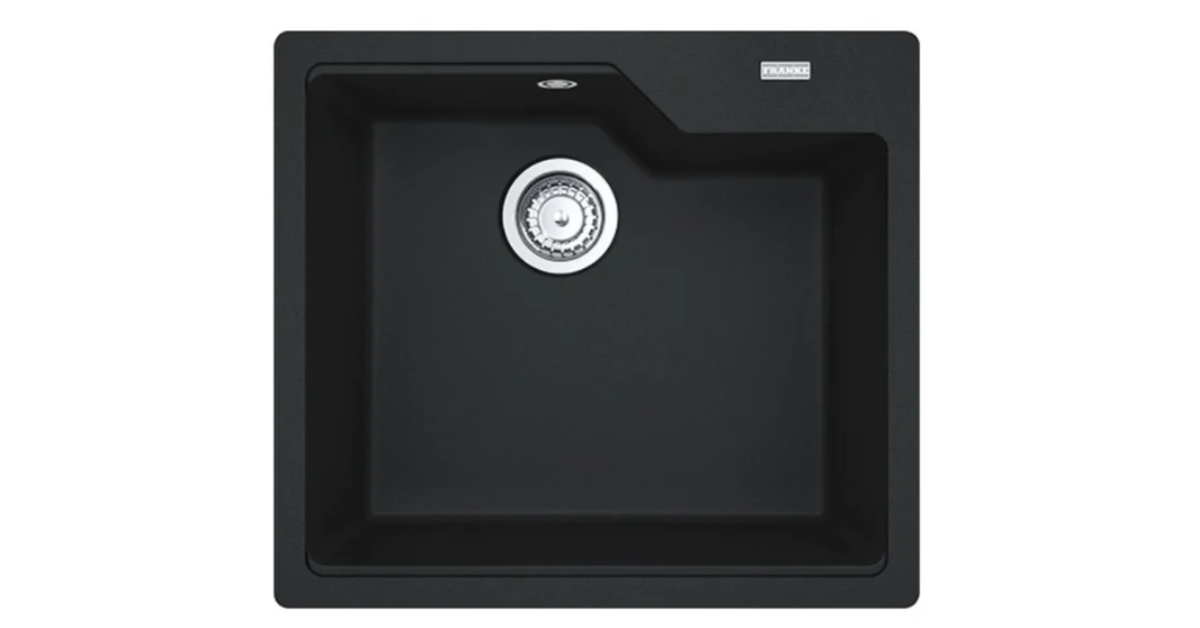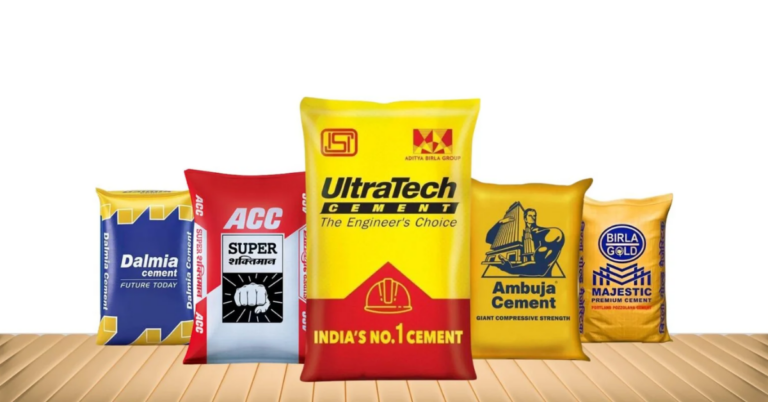Choosing the Perfect Kitchen Sink: A Guide to Functionality and Style
A Kitchen Sink is one of the most essential components of your kitchen, and selecting the right one can elevate the functionality and aesthetics of your cooking space. Whether you’re designing a new kitchen or renovating your current one, understanding the different types of kitchen sinks available will help you make a more informed decision.
Types of Kitchen Sinks
- Top-Mount Sink The top-mount sink is one of the most common and easiest to install. It features a rim that sits on top of the countertop, with the sink bowl dropped into the cut-out section. This type of sink works well with any material and is perfect for DIY installations. It’s known for being durable and easy to replace.
- Under-Mount Sink An under-mount sink is installed beneath the countertop, creating a sleek, seamless look. This type is particularly favored for stone countertops, such as granite or marble, as it makes cleaning easier, as there is no lip for debris to accumulate. It gives the kitchen a modern and polished appearance.
- Farmhouse Sink (Apron Front) For those who prefer a vintage or rustic look, the farmhouse sink is an excellent option. It has a deep bowl and an exposed front, which adds a charming and classic touch to any kitchen. These sinks are ideal for larger kitchens and are particularly functional for washing big pots and pans.
- Drop-In Sink Similar to a top-mount sink, the drop-in sink is placed directly into a pre-cut opening in the countertop, but with less of a visible rim. It’s versatile and works well in a variety of kitchen styles. This sink is ideal for homeowners who want a blend of ease of installation and aesthetic appeal.
- Integrated Sink Integrated sinks are made from the same material as the countertop, creating a seamless design. Often used in modern kitchen designs, they offer a minimalist aesthetic and are easy to clean, as there are no joints or seams where dirt can gather. This type of sink is often custom-made and provides a sleek, unified look.
Material Options for Kitchen Sinks
When choosing the right material for your sink, it’s essential to consider both durability and style. Here are some popular materials:
- Stainless Steel Stainless steel is a timeless and durable option. It’s resistant to stains, rust, and corrosion, making it a low-maintenance choice. Stainless steel sinks also tend to have a modern, clean look that complements a wide range of kitchen styles.
- Granite Composite If you want a sink that can stand up to heavy use while providing a natural stone look, a granite composite sink is a great choice. It is durable, scratch-resistant, and comes in a variety of colors. This material is also non-porous, making it resistant to staining and easy to clean.
- Cast Iron Cast iron sinks, often coated with enamel, offer a traditional and sturdy option. While heavy, these sinks are known for their durability and classic charm. They are also resistant to chipping and scratching, but they do require maintenance to keep the enamel surface pristine.
- Fireclay Fireclay sinks are made from clay that is fired at a high temperature, which gives them a smooth, glossy finish. They are durable, resistant to stains, and have a classic, elegant look. Fireclay sinks are also highly resistant to damage from acids and alkalis, making them an excellent choice for kitchens where food preparation is a primary activity.
- Copper For those seeking a more unique, rustic aesthetic, copper sinks are an elegant choice. The metal develops a patina over time, giving the sink a distinct look. Copper is also naturally antimicrobial, making it a hygienic choice. However, it does require regular care to preserve its appearance.
Size and Configuration
Choosing the right size and configuration is essential for both practical and aesthetic reasons. Standard kitchen sinks range from single-bowl to double-bowl designs, with variations like extra-deep bowls or divided sections for multitasking. If you have a smaller kitchen or limited counter space, a single-basin sink may be sufficient, but if you often wash large pots or need more space, a double-basin sink could be the right choice.
Conclusion
Selecting the ideal kitchen sink involves more than just choosing a style. You’ll need to think about factors such as material, size, functionality, and the overall look of your kitchen. Consider your lifestyle, cooking habits, and aesthetic preferences when making your choice. Whether you’re designing a modern, sleek space or aiming for a traditional, rustic look, the right kitchen sink will add both function and style to your kitchen.







